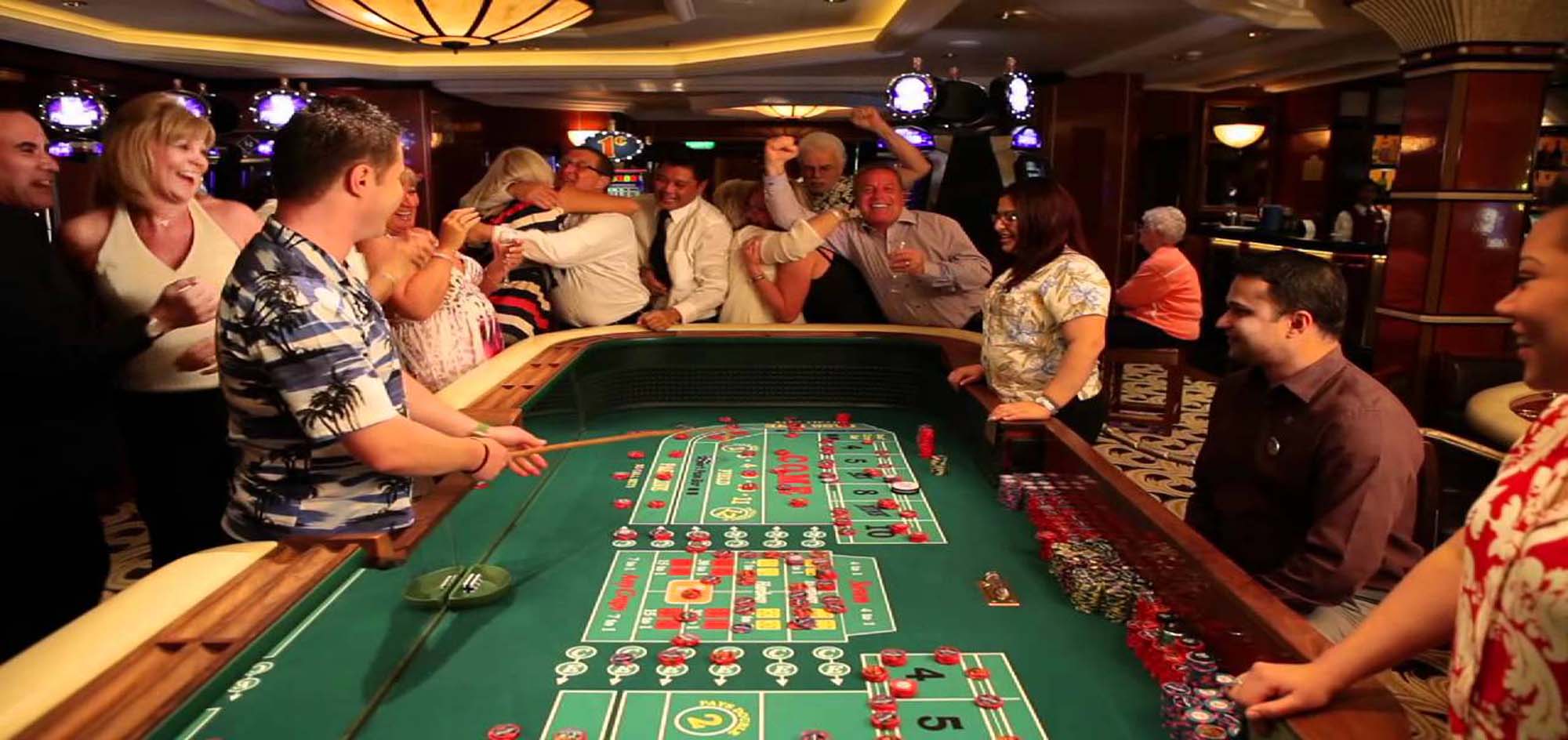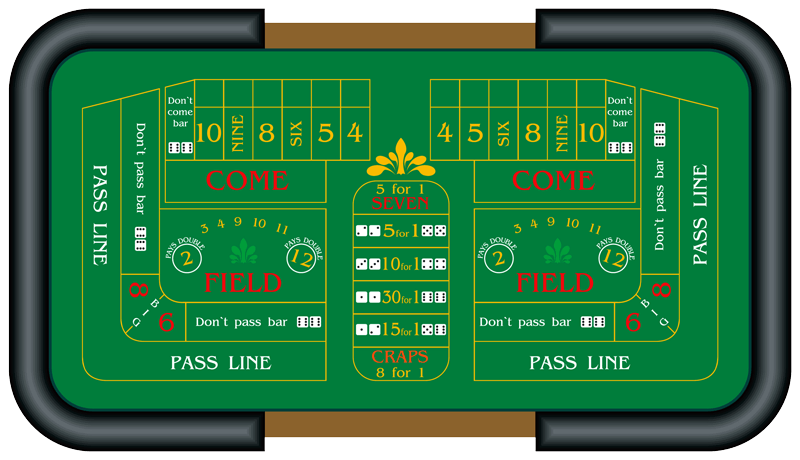One feature present in almost every modern slot machine is the partial win or “loss disguised as a win.”
Since slot machines have gone from the traditional 3-reel 1-line slot machine to the modern 5-reel video slot, often with 25 or more winning lines, near-miss outcomes have become almost unidentifiable from other losing outcomes.
By encouraging individuals to play on more than one line, casinos have created a scenario where players are awarded a win on almost every spin.
Despite the increased frequency of winning, the proportion of money returned is often far less than the entire bet, such as winning 10c on a 50c bet. This 80% loss is accompanied by the same sounds on the machine as a real win and occupies the same area of the screen that wins are reported in.
Since noticing near-misses on modern slot machines is difficult, game makers have incorporated other game features such as free-spin symbols, mini-games, and progressive awards, which create new near miss situations while often not guaranteeing any increased value of a win themselves.
For example, special symbols might be placed on the reels that provide 10-free spins whenever three appear anywhere within the game screen. These symbols will often make a special sound, such as a loud thud when they land; and if two symbols land, many games will begin to play fast tempo music, display flashing lights around the remaining reels, and accelerate the rate of spin to enhance the saliency of the event.
When you win these sorts of outcomes you feel as though you have won a jackpot; after all, 10 free spins is 10x the chances to win big money right? The reality is that those 10 free-spins do not change the already small probability of winning on any given spin and are still likely to result in a loss of money. For many games, features such as this have entirely replaced standard jackpots.
These features share one important characteristic: they allow the casinos the ability to provide more outcomes that feel like a win while not increasing the actual payout. The effect of these features is so significant that in 1989 the Nevada Gaming Commission banned algorithms that purposefully increased the prevalence of near-miss outcomes. Of course, this only applied to the intentional increasing of near misses when a loss is already determined, i.e. artificially producing a near miss instead of what the reels would have normally landed on.
Unfortunately, these laws do not preclude the intentional design of reel layouts that, without additional manipulation, produce frequent near misses and losses disguised as wins. These laws also do not apply to the newer game features which either highlight the near miss, such as accelerating reels, or create entirely new topographies of outcomes, as is the case with free-spins or mini-games.
While the question of how to best manage artificial manipulations of near misses may be a topic of future regulatory discussion, the decision to play games with these illusions will ultimately fall upon the end user.
As long as you are willing to expose yourself to the game in the first place, the casino need only sit back and wait. And with the increasing availability of casinos across the US, they won’t need to wait long.





